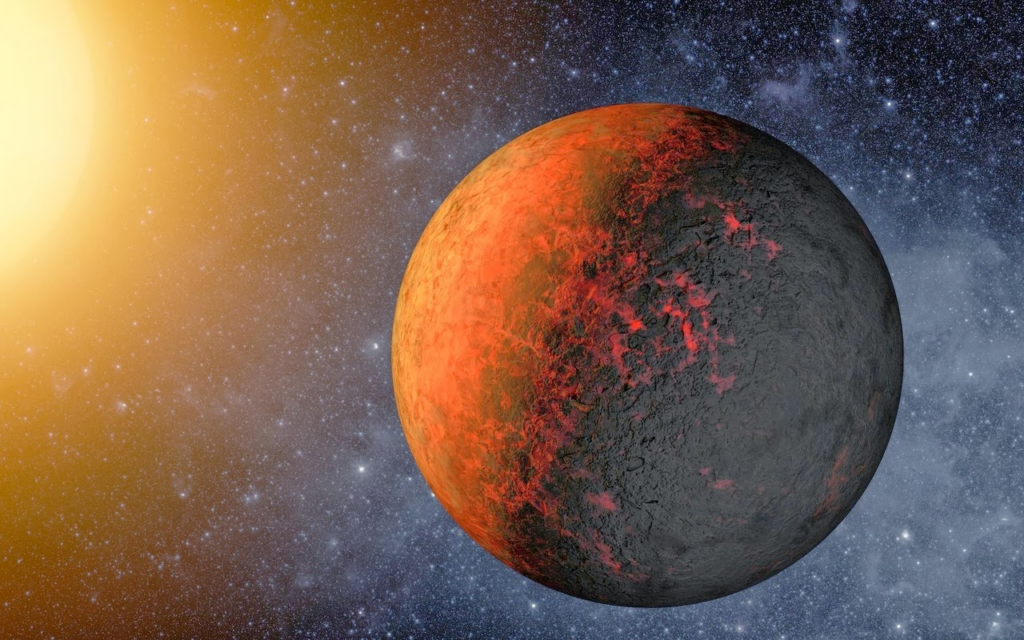Planetary habitability is a difficult issue. Based on Earth, the planet should be neither too close nor too far from its star. Goldilocks zone. Unfortunately, it relies on a planet’s orbit.
Researchers examined M-dwarfs, the most numerous stars in the galaxy. These stars’ Goldilocks zones are closer than ours and colder than the Sun. Since they’re close, their tidal forces affect a planet’s heat if it’s not in a circular orbit.
Oval orbits are more eccentric. Ellipses have a larger eccentricity than circles, which is zero. Mercury has little over 0.2 eccentricities, the most of any planet. Mercury’s elliptical orbit’s short axis is 98% as long as its long axis.
When you’re close to a star, this slight variation can have tremendous effects. Eccentric orbits cause tidal heating, making planets dangerously hot. An Earth-like planet circling a star one-quarter the mass of our Sun with an eccentricity e > 0.2 in its habitable zone might encounter a “tidal Venus” disaster. Tidal heating might evaporate an ocean, turning Earth into Venus.

Possible “Tidal Venus” Disaster Impacted Millions of Exoplanets
“It’s only for these small stars that the zone of habitability is close enough for these tidal forces to be relevant,” said University of Florida senior author professor Sarah Ballard.
163 planets from 101 Kepler-observed systems were examined. Modeling implies that two-thirds of planets surrounding these stars have too high an eccentricity for life-supporting temperatures. Probably single-planet systems.
However, one-third of exoplanets surrounding these stars would have a more stable temperature, resulting in hundreds of millions of potential planets in our galaxy. Temperature doesn’t guarantee survival, but it’s hopeful.
“I think this result is really important for the next decade of exoplanet research, because eyes are shifting toward this population of stars,” said first author Sheila Sagear, a University of Florida graduate researcher. “These stars are excellent targets to look for small planets in orbits where water might be liquid and the planet might be habitable.”
